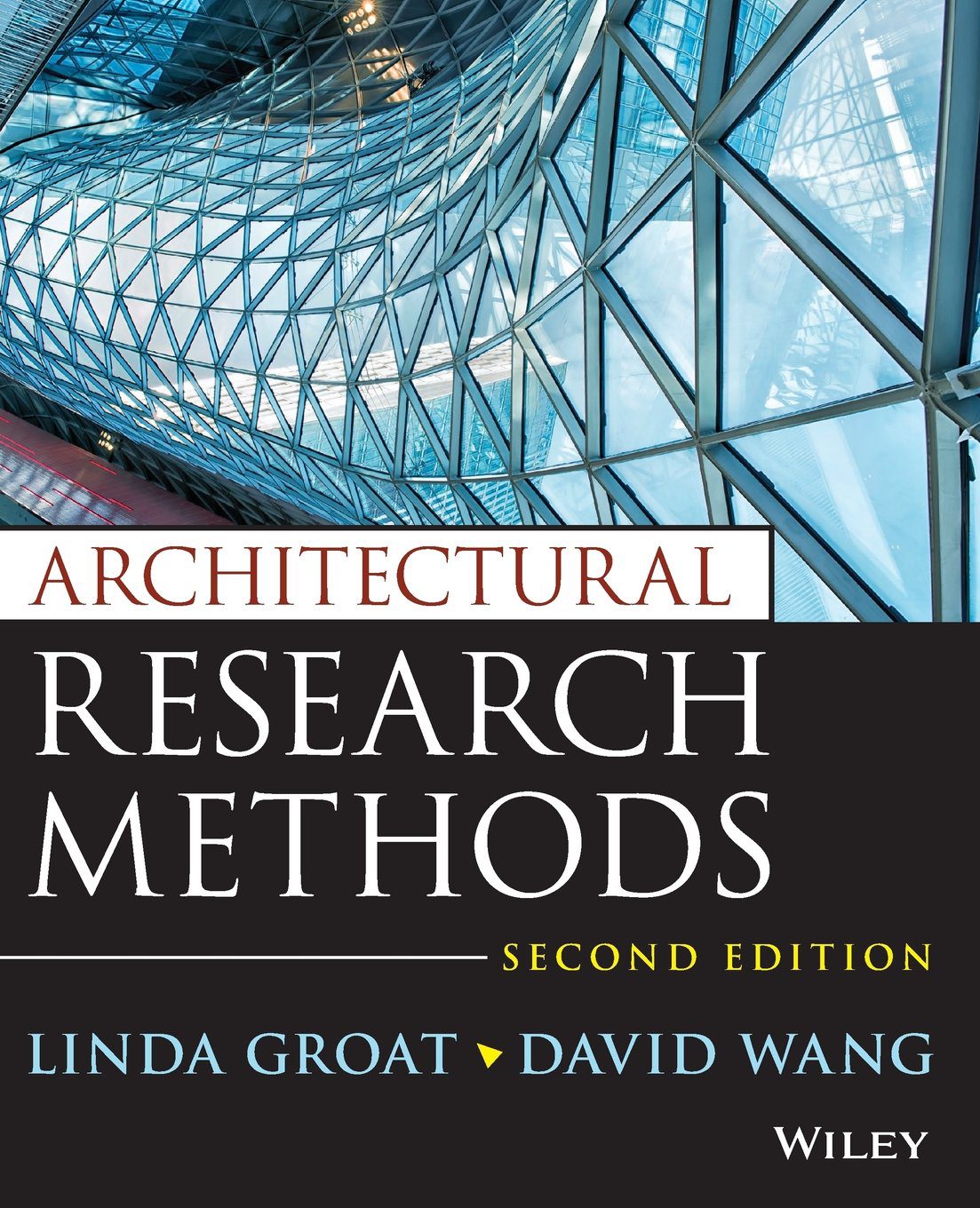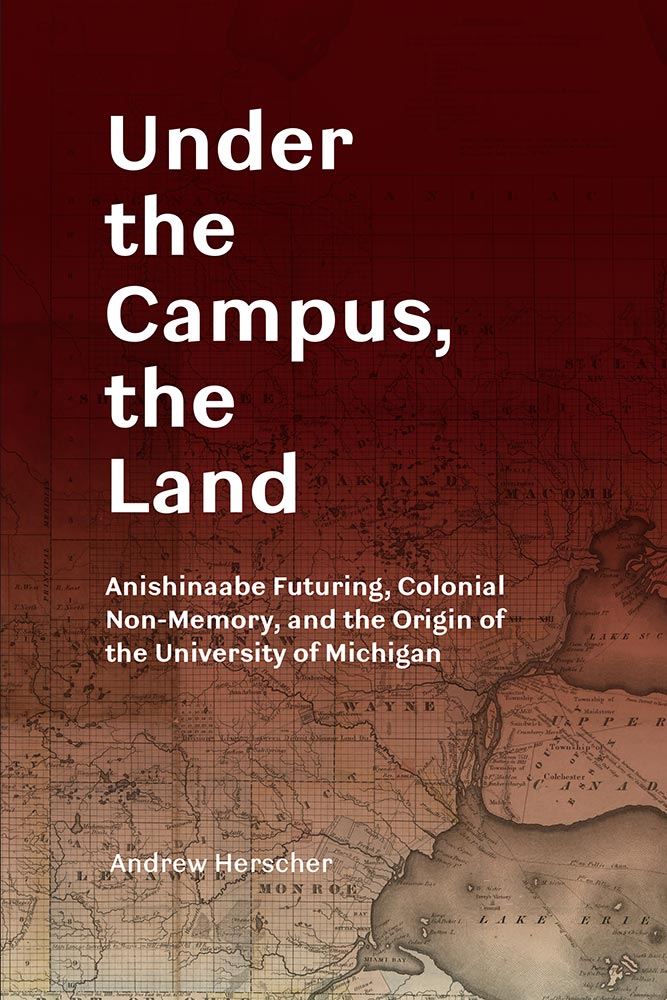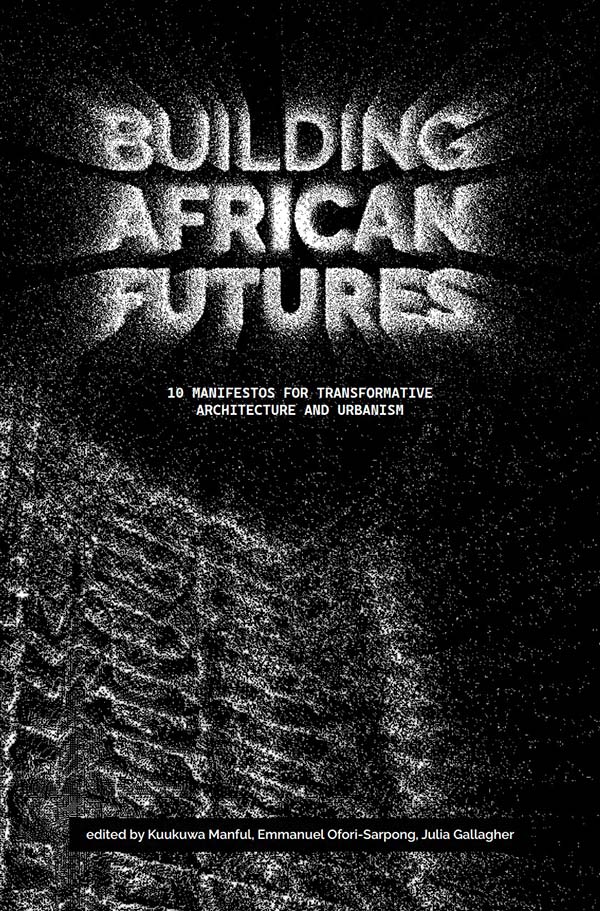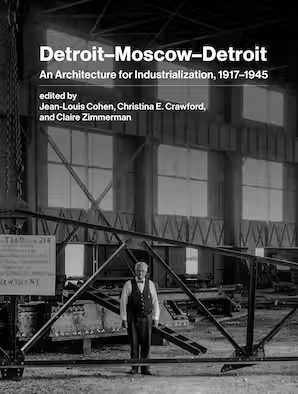Architectural Research Methods, 2nd Edition

From searching for the best glass to prevent glare to determining how clients might react to the color choice for restaurant walls, research is a crucial tool that architects must master in order to effectively address the technical, aesthetic, and behavioral issues that arise in their work.
This book’s unique coverage of research methods is specifically targeted to help professional designers and researchers better conduct and understand research. Part I explores basic research issues and concepts, and includes chapters on relating theory to method and design to research. Part II gives a comprehensive treatment of specific strategies for investigating built forms. In all, the book covers seven types of research, including historical, qualitative, correlational, experimental, simulation, logical argumentation, and case studies and mixed methods.
“The aim of this book is to provide an introductory handbook for anyone wishing to conduct research—or more informally, inquiry—on an aspect of the built environment—from the scale of a building component, a room, a building, a neighborhood, to an urban center.
By this we mean to suggest that this book is intended to be both comprehensive and an entry point. Our intent is to be comprehensive by providing a single text that addresses the full range of research methods available and applicable to the diverse array of topics germane to architectural research.”
-From “Chapter 1: The Scope of This Book,” p. 3









